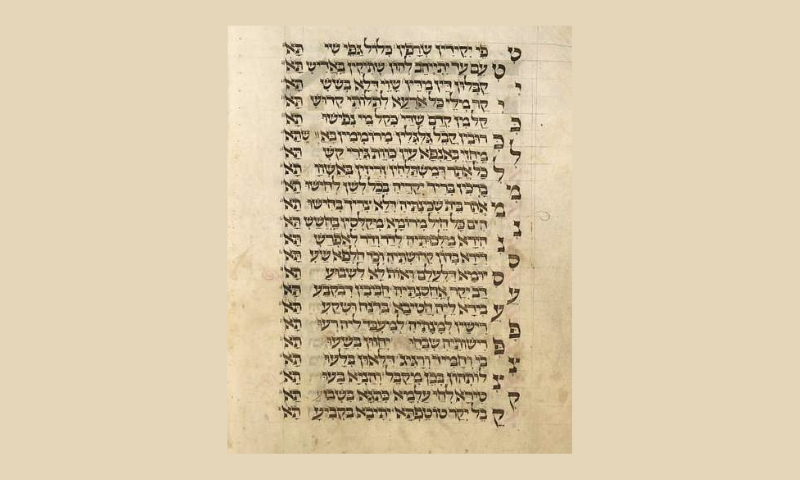Kate Roozansky
Jewish Review of Books, Sept. 12, 2023
“After she gives him up, Hannah sings, “my horn (karni) exults in the Lord,” but her horn is only metaphorical—the boy is gone, there is no ram (1 Sam 2:1). Of course, Hannah visits Samuel at Shilo every year, but this means she also leaves him behind every year. It is an annual Akedah.”
Every year, Hannah goes up from her home in Ramah to the Temple at Shilo to bring sacrifices and to pray for a child. After many years, Hannah offers God a deal: if God grants her a child, she will give the child back to God. He will live in Shiloh, in God’s house, not Hannah’s. That day, Hannah receives a blessing from the high priest, and soon conceives. A few short years later, she weans the long-awaited baby, Samuel, takes him up to the holy place, makes a sacrifice, and goes back home without him. Hannah’s journey to give Samuel up at Shilo echoes Abraham’s journey up Mount Moriah. Her vow binds her son to an altar just as much as Abraham bound Isaac, but her sacrifice has a different origin and her story a different ending.
In fact, the Torah and Haftarah readings for Rosh Hashanah bring us three episodes of child sacrifice—in addition to the binding of Isaac, both Abraham and Hagar are forced to give up Ishmael, with very different results. Hannah’s giving up of Samuel is not often interpreted as a parallel sacrifice, but reading these stories together is illuminating. She is a parent who longs many years for a child, and finally has one after a divine remembrance. The child is a source of joy, but also one of terror, for the God that gives also requires return.
When it is time, both Hannah and Abraham set out on a journey with their na’arim, their little boys. The journey from Hannah’s home to the Temple is described as a going-up, and Abraham’s task is, famously, to bring Isaac up as an olah, a burnt-offering. Abraham ends up slaughtering a ram, while Hannah slaughters a bull. Crucially, both boys live on after their parent’s journey, but no one in the story is ever the same. … [To read the full article, click here]


